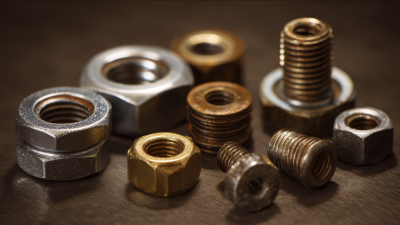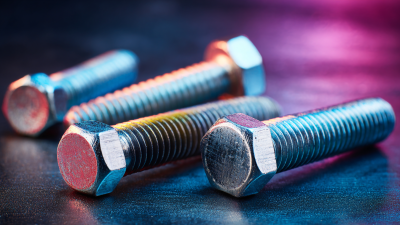Inquiry
Form loading...
When it comes to ensuring maximum reliability and performance in mechanical applications, selecting the appropriate lock nuts is crucial. According to a recent report by Grand View Research, the global lock nuts market is projected to reach $2.5 billion by 2025, driven by increasing demand across various industries such as automotive, aerospace, and construction. Lock nuts are designed to prevent loosening under vibrational loads, providing a secure fastening solution that enhances the integrity of critical assemblies. With a variety of materials, sizes, and designs available, choosing the right lock nuts can lead to significant improvements in safety and operational efficiency. This guide aims to walk you through the key considerations that will help you make an informed decision when selecting lock nuts for your next project, ensuring you achieve optimal performance while minimizing the risk of failure.
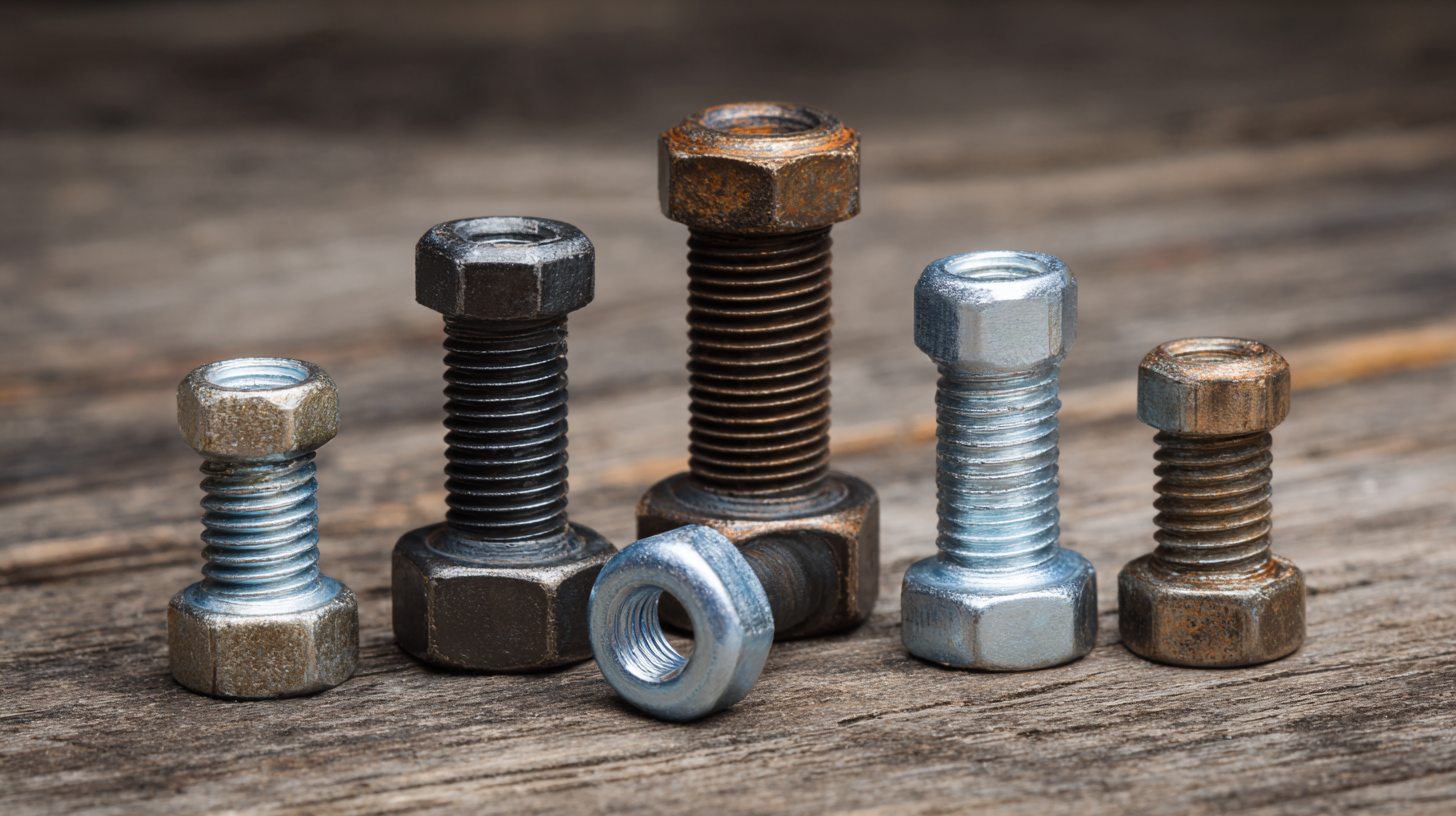
When selecting lock nuts, it's crucial to understand the variety of options available and their specific applications. Lock nuts serve as critical components in preventing the loosening of bolted joints, with the market witnessing a projected annual growth rate of 4.5% through 2027, according to a recent industry report from MarketsandMarkets. Among the most common types are the nylon insert lock nuts, which utilize a nylon collar to create friction against the bolt thread, making them ideal for low-vibration applications such as automotive assemblies or furniture.
Another popular option is the serrated flange lock nut, which features a series of serrations that grip the surface of the joint, offering enhanced stability in high-vibration environments like machinery and aerospace. A study by the Fastener Quality Act indicates that improperly secured fasteners cause over $600 million in equipment damage annually in the manufacturing sector, emphasizing the necessity for choosing the right type of lock nut for specific applications. Understanding the properties of each lock nut type can significantly impact the reliability and performance of mechanical connections, aiding in the prevention of costly failures in operational settings.
When selecting lock nuts for maximum reliability and performance, understanding the load requirements is crucial. Lock nuts are designed to resist loosening under vibration and thermal expansion, but their effectiveness depends significantly on the specific loads they will encounter. It’s vital to consider the application’s dynamic and static load conditions, as well as environmental factors that may influence material selection. Reviewing the latest fastener design manuals can provide valuable insights into the properties of various materials and finishes, ensuring that the chosen lock nuts will maintain performance under the expected conditions.
Tips for selecting the right lock nuts include assessing the torque specifications for the fasteners being used. This will help you determine the proper tension that needs to be applied to achieve the desired locking effect without compromising material integrity. Additionally, utilizing advanced joint analysis techniques can enhance your understanding of how different design elements affect overall joint performance. Lastly, consider incorporating low-friction coatings to improve assembly ease and performance, especially in high-load applications where traditional locking methods may fall short.
When selecting lock nuts, it's essential to consider the environmental conditions in which they will be used. Different materials offer various levels of resistance to factors such as moisture, temperature, and corrosion. For instance, stainless steel lock nuts are ideal for humid or coastal environments due to their resistance to rust. Alternatively, nylon lock nuts can serve well in environments with lower temperatures, as they maintain their locking properties without becoming brittle.
Tips: Always check the specifications of the lock nuts to ensure they meet the demands of your specific application. Consider the surrounding environment and potentially corrosive elements that may affect performance. If you're working in extreme temperatures, choose materials specifically designed for thermal stability.
The material of the lock nut can significantly impact its reliability and longevity. For outdoor applications, opt for materials that can withstand UV exposure and other environmental stressors. In more controlled environments, such as inside a building, regular steel could suffice, potentially reducing costs without sacrificing performance. Always align your choice of lock nuts with both the operational needs and the environmental challenges you anticipate.
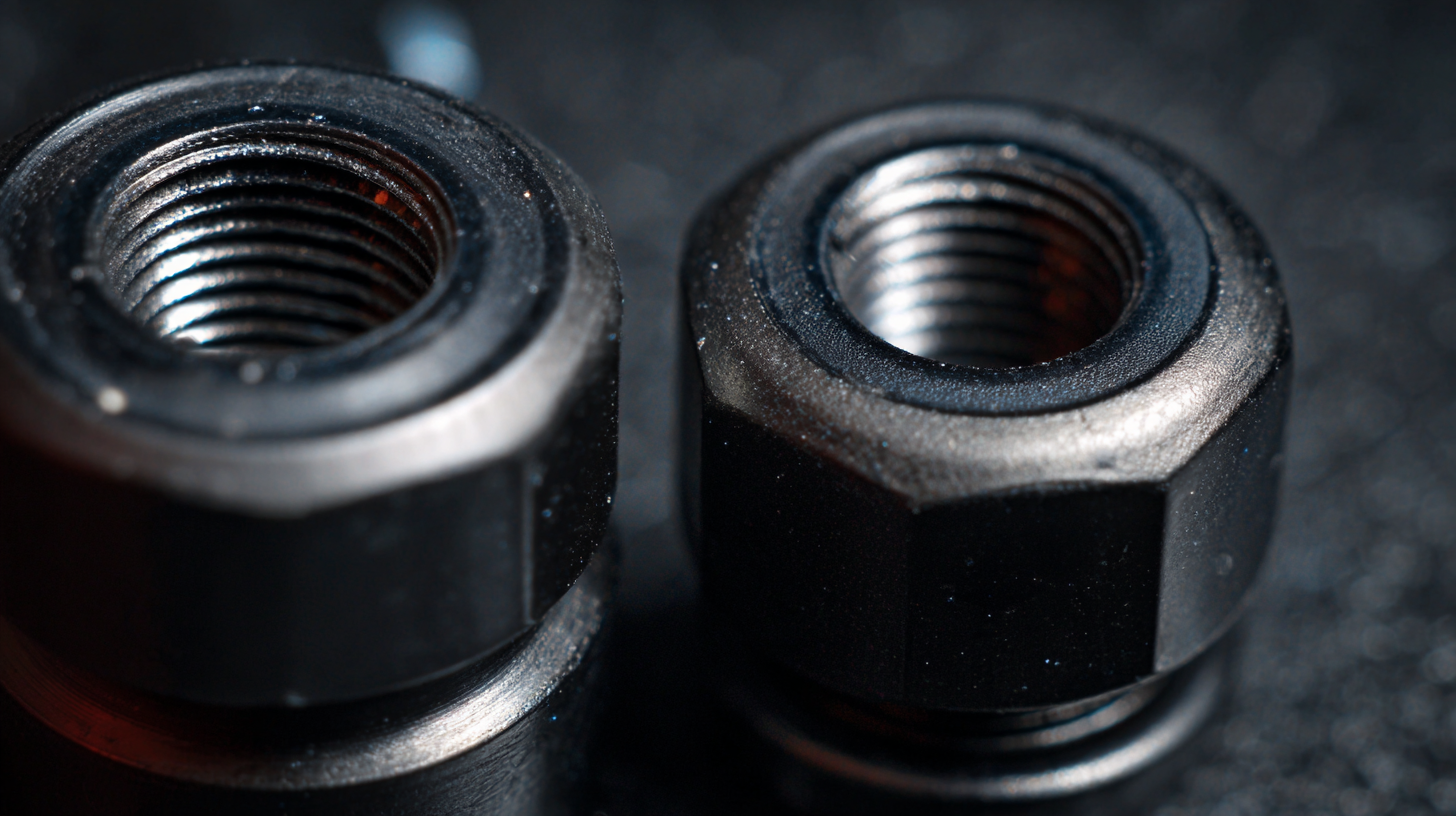
When installing lock nuts, proper techniques play a crucial role in ensuring their maximum effectiveness. First and foremost, it is essential to clean the threads on both the bolt and the nut thoroughly. Any debris or residue can prevent the lock nut from gripping effectively, leading to premature loosening. Additionally, using the correct tools is vital; a torque wrench should be employed to apply the specified torque, which ensures that the lock nut is fastened securely without over-tightening, which can damage the components.
Another important aspect is to select the appropriate type of lock nut for the specific application. Different environments may require different materials, such as nylon insert lock nuts for moderate vibration applications or all-metal lock nuts for high-temperature settings. After selecting the correct lock nut, ensure that it is installed in the right orientation, as this can affect its locking mechanism. Taking the time to follow these installation techniques not only maximizes the reliability of the lock nuts but also enhances the overall performance of the assembly.
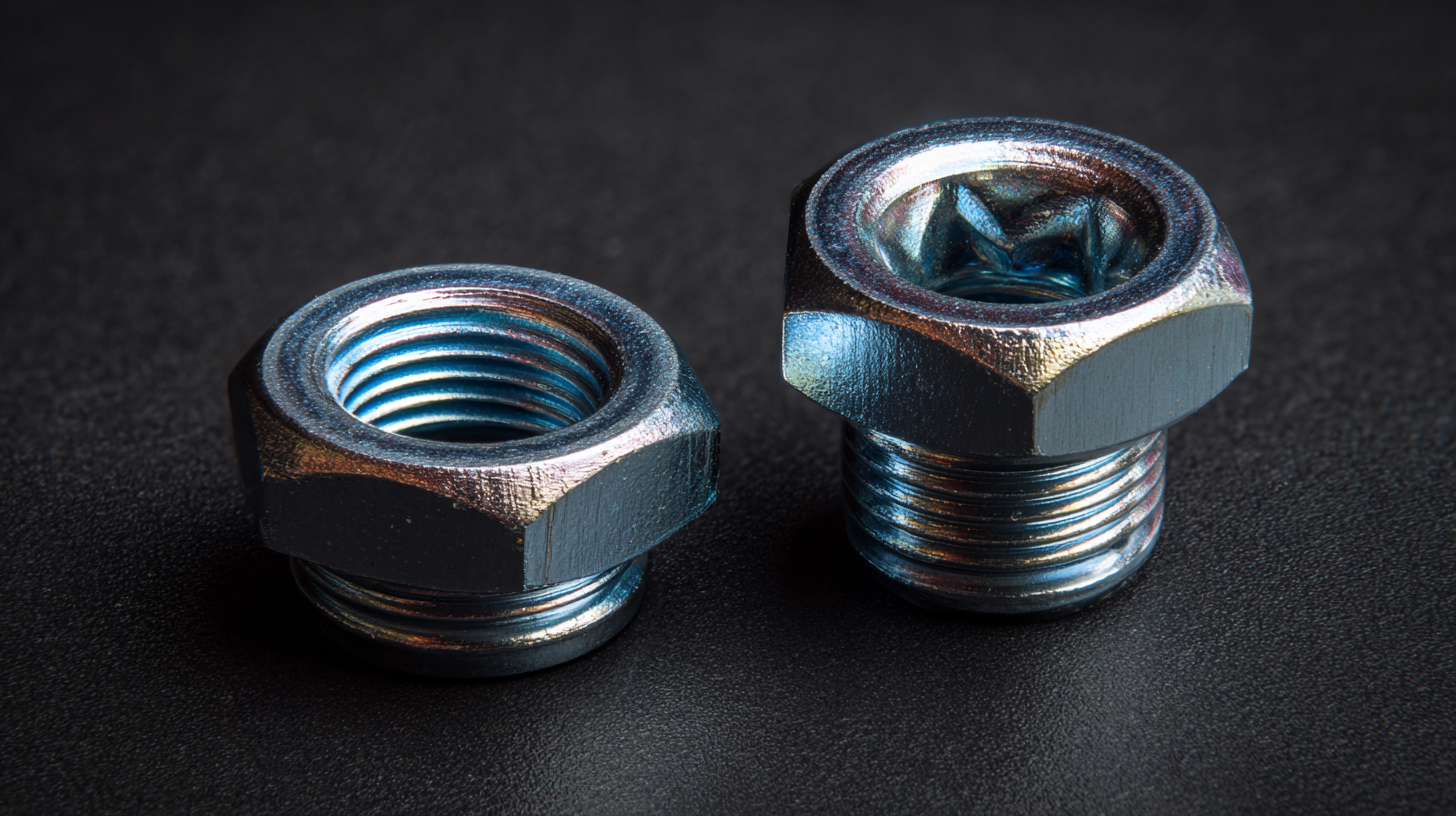 When selecting lock nuts for your projects, avoiding common mistakes can significantly enhance both reliability and performance. One frequent error is choosing the wrong material for specific applications. For example, using standard steel lock nuts in corrosive environments can lead to premature failure. Instead, opt for materials like stainless steel or nylon-insert lock nuts to ensure durability against environmental factors.
When selecting lock nuts for your projects, avoiding common mistakes can significantly enhance both reliability and performance. One frequent error is choosing the wrong material for specific applications. For example, using standard steel lock nuts in corrosive environments can lead to premature failure. Instead, opt for materials like stainless steel or nylon-insert lock nuts to ensure durability against environmental factors.
Another mistake is overlooking the size and thread compatibility with corresponding bolts. Using ill-fitting lock nuts can compromise the joint’s integrity, resulting in loosening over time. Always double-check the specifications of both your bolts and lock nuts, ensuring they match precisely.
Tips: Always consider the load requirements and environmental conditions when selecting lock nuts. Additionally, familiarize yourself with different types of lock nuts available, such as prevailing torque and serrated flange types, to make an informed decision suited to your specific project needs. Proper selection minimizes the risk of mechanical failure and enhances the overall safety and efficiency of your assembly.

